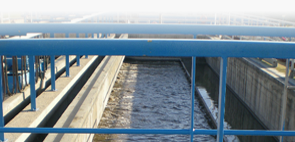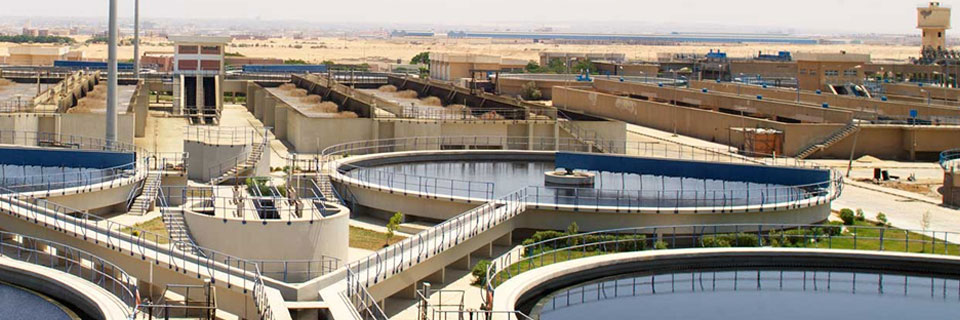A PIONEERING ROLE
Water taken from the natural environment is a public good. Its conservation, protection and regulation fall under the purview of public authorities. We have supported and lent our expertise to all types of public authorities, be they large, small, rural or coastal, since 1984 in India.
From nature to your faucet
Water, a closely monitored product
Solutions






